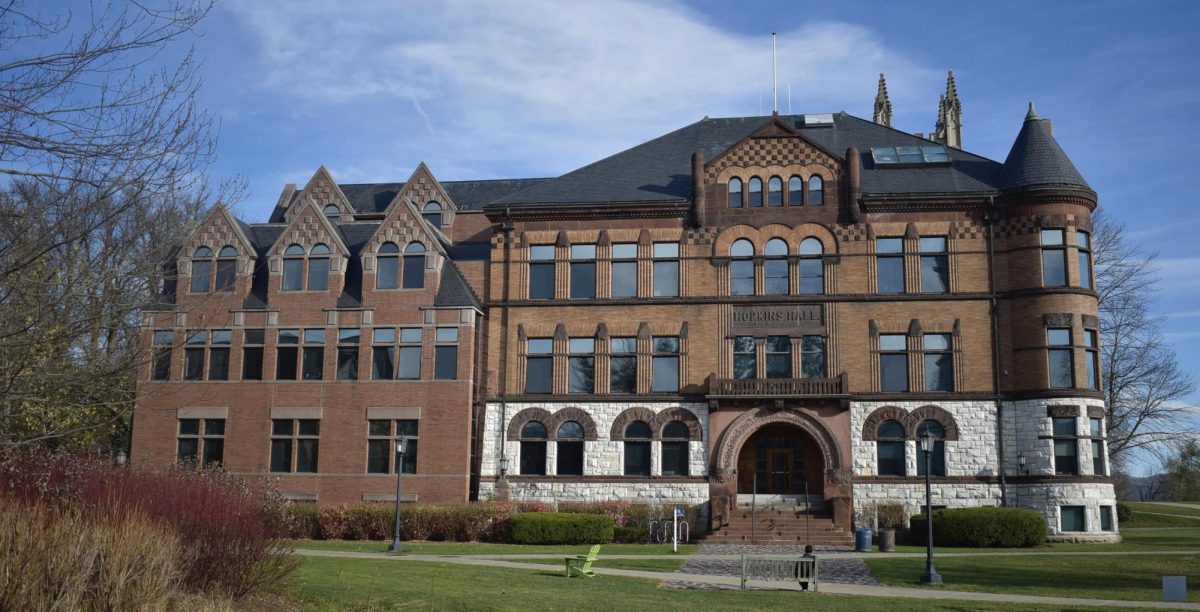The College’s central heating plant, which provides heat and hot water, experienced a temporary shutdown on Thursday afternoon, affecting many buildings across campus. By 8:26 p.m., Facilities staff had completed repairs, and the power plant had resumed its operation, Chief Communications Officer Jim Reische stated in an email to the student body.
Students, faculty and staff were notified of the lack of heat and hot water and received periodic updates on the repair process through a series of all-campus emails from Reische and Douglas Schiazza, director of the office of student life.
The unexpected failure of the boiler system was caused by an electrical short, which damaged the highly interconnected mechanical system unit known as APACS (Advanced Process Automation and Control System). According to Executive Director for Facilities Operations Bob Wright, the electrical short took place in the process of fixing the controls for a new piece of equipment. This damaged both APACS units, including the backup unit, and resulted in the shutdown of the heating system.
“The heating plant staff, along with the electrical and mechanical trades, were all involved with this process, which takes both time and clear communications for it to be done in a safe manner,” Wright said.
There were some buildings on campus, however – such as Mission Hall, Tyler House and Tyler Annex, in addition to some co-ops – that were not affected by the outage because they had their own heating systems. Students living in those buildings were encouraged to let in other students to use their facilities for the time being.
By the evening, facilities staff, as well as technicians from outside firms, were able to successfully restart the backup systems to provide heat. Wright spoke of the high caliber and skills of those involved in the repair process. “Every piece of equipment and valve in the heating plant is labeled and recorded in an operational manual which, along with the years of experience of the staff there, provided the knowledge base to run the equipment manually,” Wright said.








